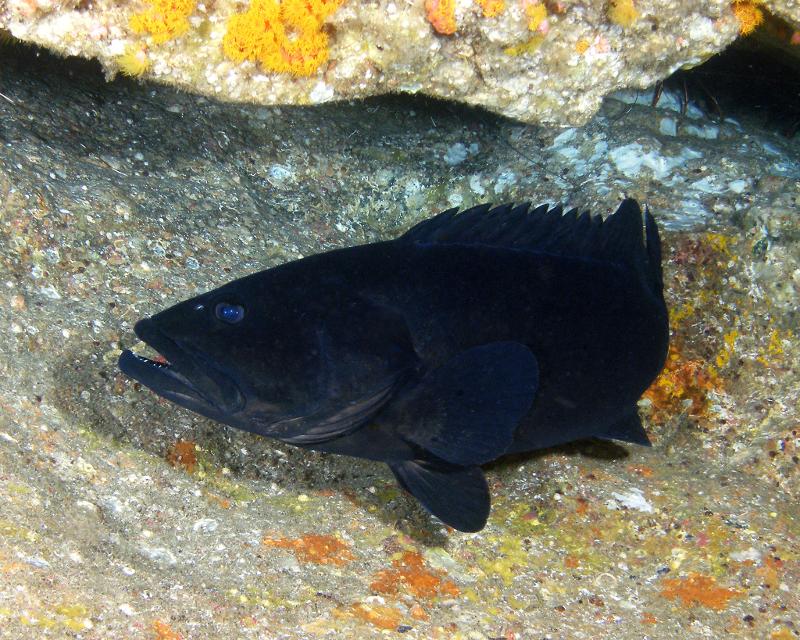Citizen scientists have made significant contributions to Australia's national biodiversity database, the Atlas of Living Australia (ALA), fueling crucial research and conservation efforts. This article explores the immense value of citizen science and its role in filling knowledge gaps, tracking global species distribution, and mitigating biodiversity loss. Let's delve into the fascinating world of citizen science and its impact on biodiversity research.
The Power of Citizen Science
Explore how citizen science is revolutionizing biodiversity research.
In the world of biodiversity research, citizen science holds immense potential. It allows the general public to actively participate and contribute valuable data to initiatives like the Atlas of Living Australia (ALA). The power of citizen science lies in its ability to fill knowledge gaps and provide a more comprehensive understanding of various species.
Through citizen science, volunteers collect and record data about species found in Australia, strengthening our knowledge of global species distribution and abundance. By embracing citizen science, we can tackle potential extinctions, mitigate biodiversity loss, and make a positive impact on the environment we share.
Citizen Science and Species Records
Discover the significant contribution of citizen scientists to Australia's national biodiversity database.
Citizen scientists play a pivotal role in expanding the Atlas of Living Australia's species database. Of the 125 million species records in the ALA, citizen scientists have contributed more than 62 million records, representing over 50% of all entries.
One noteworthy example is the Black Rockcod (Epinephelus daemelii), where citizen scientists have provided an astounding 63% of all recorded data. This highlights the valuable contributions made by volunteers in documenting the diversity and abundance of different species.
Unraveling Knowledge Gaps
Learn how citizen science aids in filling crucial knowledge gaps about underrepresented species.
Citizen science is particularly adept at filling knowledge gaps related to underrepresented species. By focusing on often overlooked species, citizen scientists shed light on their distribution, behavior, and conservation status.
Thanks to citizen science initiatives, we gain insights into organisms such as invertebrates, non-vascular plants, and fungi, which are frequently underrepresented in scientific datasets. These invaluable contributions enable scientists to paint a more complete picture of Australia's diverse ecosystems.
Mapping Invasive Species Incursions
Discover how citizen science aids in the detection of invasive species incursions.
Citizen science not only helps track native species, but also acts as a proactive tool for detecting invasive species incursions. By actively observing and reporting their findings, citizen scientists provide critical early detection of invasive species, enhancing efforts to prevent their establishment in sensitive ecosystems.
Citizen science data forms an invaluable resource for ecologists and pest management practitioners, allowing for targeted interventions and rapid response to curb the spread of invasive species. By being the eyes on the ground, citizen scientists contribute to the preservation of ecosystem balance and biodiversity.
The Future of Citizen Sciences
Explore the potential growth and applications of citizen science in ecological research.
Citizen science is a global movement that continues to expand and innovate. With advancements in technology and data integration, citizen science offers great opportunities to address significant ecological questions.
By harnessing improved technologies and merging citizen science datasets with existing ones, we create powerful 'big data' resources. Such resources significantly enhance our ability to understand complex ecological dynamics, predict biodiversity changes, and develop effective conservation strategies for the future.
Join the citizen science movement and contribute to a better understanding of our natural world. Together, we can make a difference by empowering ordinary people to make extraordinary contributions to sustainability and protecting the precious biodiversity that surrounds us.
Conclusion
In conclusion, citizen science has emerged as a powerful force in biodiversity research and conservation. Through contributions from passionate volunteers, Australia's national biodiversity database, the Atlas of Living Australia, has seen a significant increase in species records. Citizen science has filled knowledge gaps, tracked invasive species, and shed light on underrepresented organisms. By harnessing the potential of citizen science and combining it with technological advancements, we can further unlock its capabilities and achieve better ecological outcomes.
FQA :
Can anyone become a citizen scientist?
Absolutely! Citizen science is open to everyone, regardless of age or scientific background. All you need is a passion for the natural world and a willingness to contribute your observations.
What kind of projects can I participate in as a citizen scientist?
There are various citizen science projects available, ranging from bird monitoring to plant surveys and even tracking the spread of invasive species. Choose projects that align with your interests and make a difference in areas that matter to you.
How can I get involved in citizen science?
Getting involved in citizen science is easy. You can join existing projects or even start your own. Explore online platforms dedicated to citizen science, connect with experts in the field, and participate in workshops to enhance your knowledge and skills.
What are the benefits of participating in citizen science?
Participating in citizen science not only allows you to contribute to scientific research and conservation efforts but also provides an opportunity to learn more about the natural world. You'll be part of a passionate community, make new connections, and gain a deeper understanding of the environment.

